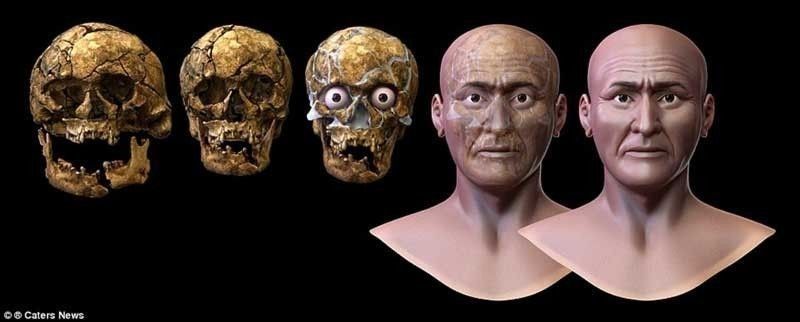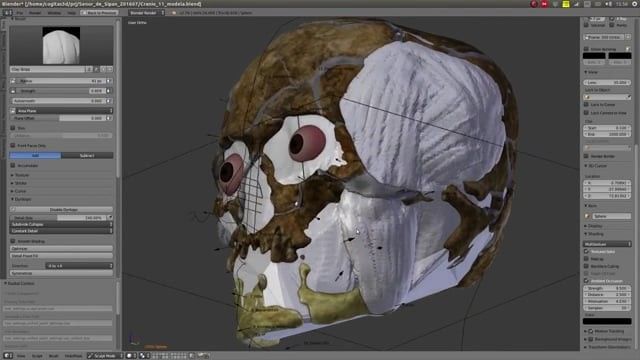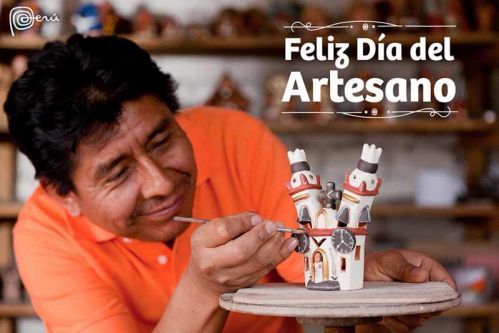When the untouched burial chamber of “El Señor de Sipan” (the Lord of Sipan) was discovered by a small group of Peruvian archaeologists led by Dr. Walter Alva in 1987 in the Huaca Rajeda, near Sipán in northern Peru, it was a sensation, an incredible archaeological discovery often compared to the one of Tutankhamun’s tomb in Egypt.
The Lord of Sipan ruled in the late 3rd century AD over the Moche civilization, one of Peru's most important pre-Hispanic cultures that flourished along the northern Peruvian coastal region between 100 AD and 800 AD. When the elite leader and warrior priest died aged 45 to 55 he was buried with incredible treasures, never seen before in the region.
He was found richly adorned with gold, silver, and copper jewelry and ornaments, including a golden crescent-shaped headdress with feathers, a face mask, gold eye and mouth patches, several pectorals composed of hundreds of shell beads, necklaces, nose rings, earrings and many ceremonial utensils. Over 450 gold, silver, copper, textile, and feather objects accompanied him in the afterlife.
And nearly 30 years later the Lord of Sipan caused another sensation. Brazilian scientists Dr. Paulo Miamoto, a forensic dentist, and Cicero Moraes, a 3D computer graphics specialist, in cooperation with the Inca Garcilaso de la Vega University in Lima and the Royal Tombs of Sipan Museum brought the Moche leader back to life by giving him back his face.
After taking 90 spatially accurate digital photos of the 96 skull fragments, they uploaded the pictures to a computer and in a painstaking process the badly damaged nearly 2000-year-old skull of the Moche leader was put together to its original anatomy. Then muscles, tissue and skin were applied using a 3D software for facial reconstruction.
Combining cutting edge technology with the results of forensic anthropological and anatomical research made it possible that we now have a quite realistic picture of how the famous Moche leader would have looked like: he had the typical features of pre-Columbian ancestry and looked like the original South American indigenous Indians that lived in the area hundreds of years ago.





























